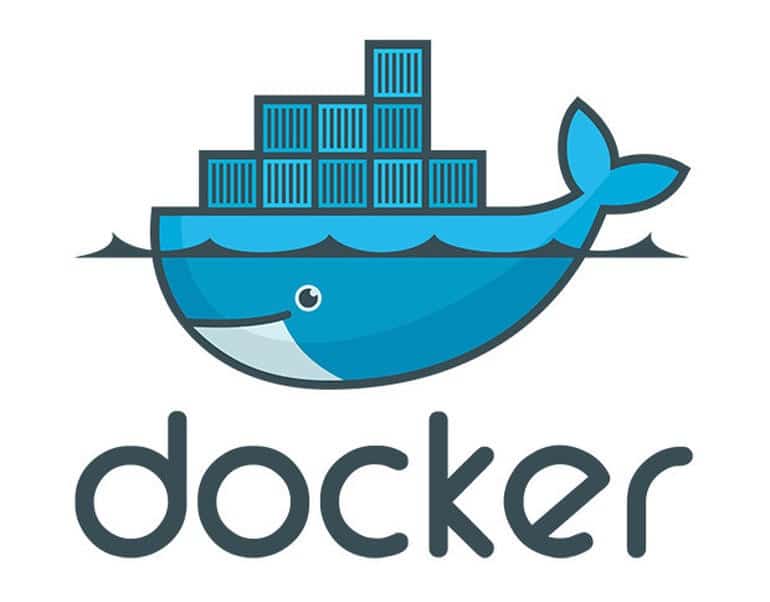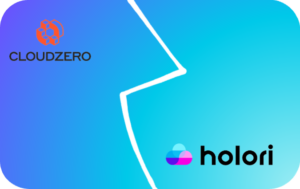At Holori we love to follow tech evolutions and wanted to bring forward what our team thinks will be 2021 top cloud computing trends.
Cloud Trend 1: Reconsider your entire IT strategy after Covid
In 2021, of course, more than any year before, particularly due to the Covid crisis and its global consequences, companies are reconsidering their entire IT infrastructure and cloud computing is ready to become the new standard.
Uber, Facebook, SkyScanner, Autodesk, Schneider Electric, Johnson & Johnson… cloud services are now used by all kinds of companies from startups to large multinationals. The cloud is now the backbone of most online services, and many providers aim to offer an “all under one roof” approach in order to attract more customers and prevent them from looking elsewhere.
Besides these companies that were already familiar with cloud technologies, many others had to innovate quickly during spring and summer 2020 in order to cope with the booming use of online services and new business models that were arising from this totally new context. These few months urged companies to make decisions that would have taken much much longer in normal times. It’s done, who would consider going back?
Now that management teams are fully aware of the benefits of cloud computing, it’s up to IT and procurement to work hand in hand to structure this new approach.
SaaS business models are now a must have for any software provider. Everyone must have access to any software from anyplace without any sacrifice in terms of performance or functionalities.
Cloud Trend 2: Keep cloud costs under control
After a few months of rush where everyone was focusing on having its services operational and efficient for internal and external users, especially with the exponential growth of home-office, it is now time to put things in order and make sure that unnecessary services are shut down and expensive ones are optimized.
There are two main approaches to cost reduction for cloud services within a company (this will be the topic of a more detailed article soon).
☁ The technical one: optimize your services by closing instances that are not used, regroup services that can work together without impacting the QoS, use detailed metrics to make sure that you are not paying for a killer config when a simple one could do the job…
☁ The “business” one: look for the best deals on the market, use Holori’s app to go out of your comfort zone – ie. your current provider – and identify if you can find better deals for equivalent services. Learn more about the mysteries and marvels of spot instances to save up to 90% on some instances! But don’t worry we will explain all of these in detail in future articles.
Cloud Trend 3: Cloud native apps

“A container? Like the big metal boxes you put on cargo ships?“. Two years ago, no-one besides tech enthusiasts and geeky developers knew about containers, Docker or Kubernetes. It is now a standard and a must have for anyone willing to ease their go to cloud strategy.
For those of you who are not yet familiar with it, here is how Docker describes its services: a container is a standard unit of software that packages up code and all its dependencies so the application runs quickly and reliably from one computing environment to another. A Docker container image is a lightweight, standalone, executable package of software that includes everything needed to run an application: code, runtime, system tools, system libraries and settings.
We can expect that these technologies will greatly help companies switch from their local data center to the cloud.
Cloud Trend 4: Work from home
How many days did you spend in the office in 2020 compared to the previous years? I bet that most of you barely remember the smell of the coffee taken with many colleagues discussing your last week-end adventures or next holidays on sunny islands…
You are not the only one struggling to work from home, having your cat dancing on your keyboard during a Zoom meeting or your children screaming in the background. For your IT department as well, home office can be a nightmare.

Besides a few sales or support people as well as managers who used to work remotely from factories, airport lounges or hotel rooms across the country, we were far from having remote work tools for the entire company. This means that the corporate VPN that was already struggling to handle 50 simultaneous connections could not cope with everyone working from home.
IT teams had to work day and night to make sure that all services were available remotely with a decent bandwidth and proper security protocols. This often means switching to cloud companies providers that were offering the right tools to get the job done.
In 2021 home office is very likely to remain a standard for many of us in addition to all the people who are now realizing that working from home is definitely more efficient than commuting every day to the office. Cloud vendors providers are strongly marketing their offers and we can bet that 2021 is the turning point for many users, companies or employees.
Cloud Trend 5: Cloud agnostic strategy
“Another key trend being played out in 2020 is the desire of all CIOs to reach the utopian workspace of being a cloud-neutral consumer of technical services.” This is how the people of the ecommercetimes.com describe it. Cloud agnostic can have multiple definitions. It could mean that you go for the best option regardless of the provider, some services are run at provider A and others at provider B and switching from A to B or even C/D/E/F… is totally permitted. It can also mean that you do not only rely on your in-house servers but can also use online cloud providers if they are more competitive. Besides costs concerns this also greatly reduces the down-time and data loss risk in case of outage.
At Holori we also strongly believe that a cloud agnostic approach is the way to go and that having a single provider should now be a thing of the past. Our different tools, the cloud price comparator, already available, and the upcoming cloud management platform, are built to help you become cloud agnostic and free.
In addition to these 5 main cloud computing trends, we can also bet that gaming will be, after music and movies, the next service to be delivered from the cloud. If Amazon, Google, Microsoft, Nvidia are offering their platforms for cloud gaming the market will follow.
Let’s catch up end of 2021 to see if we were right !





